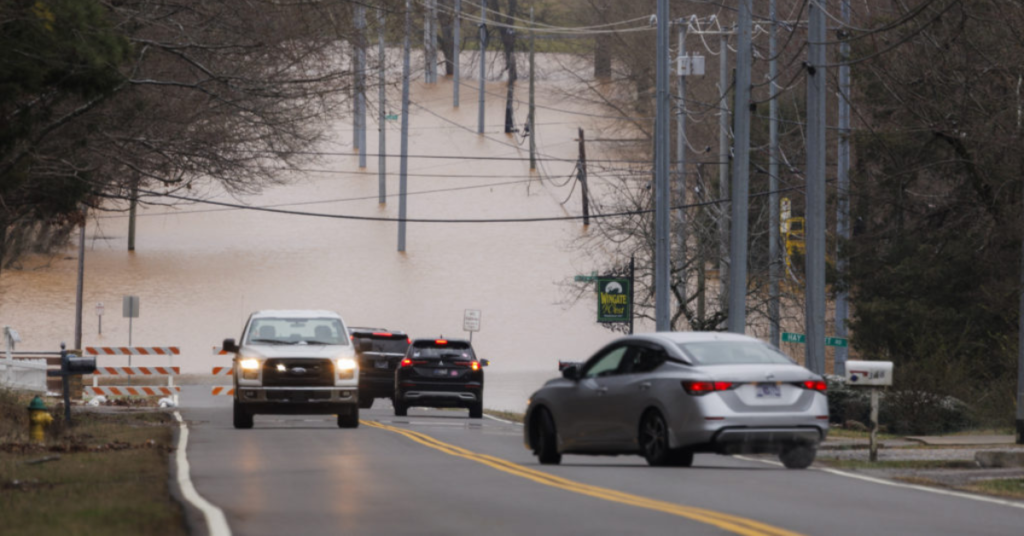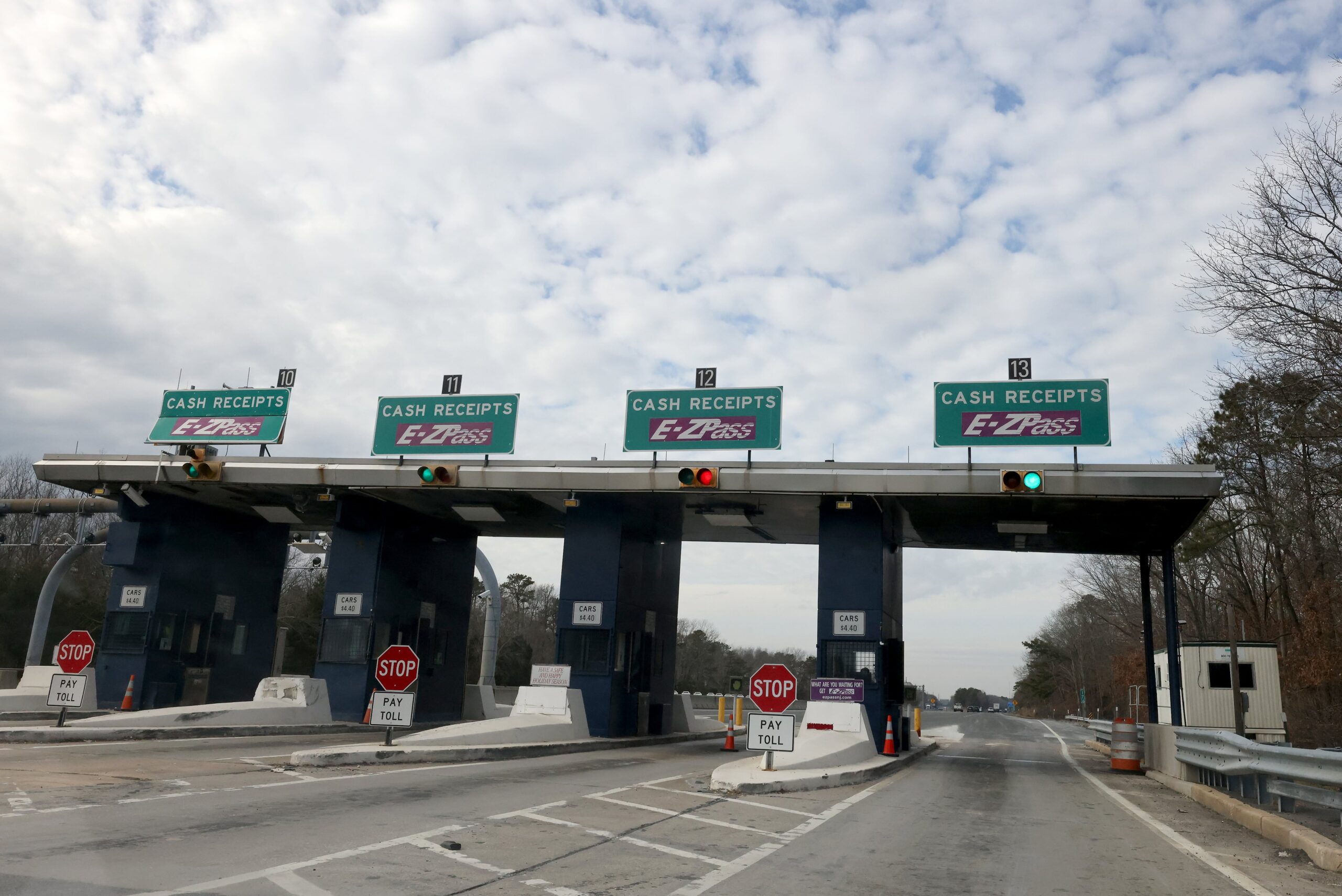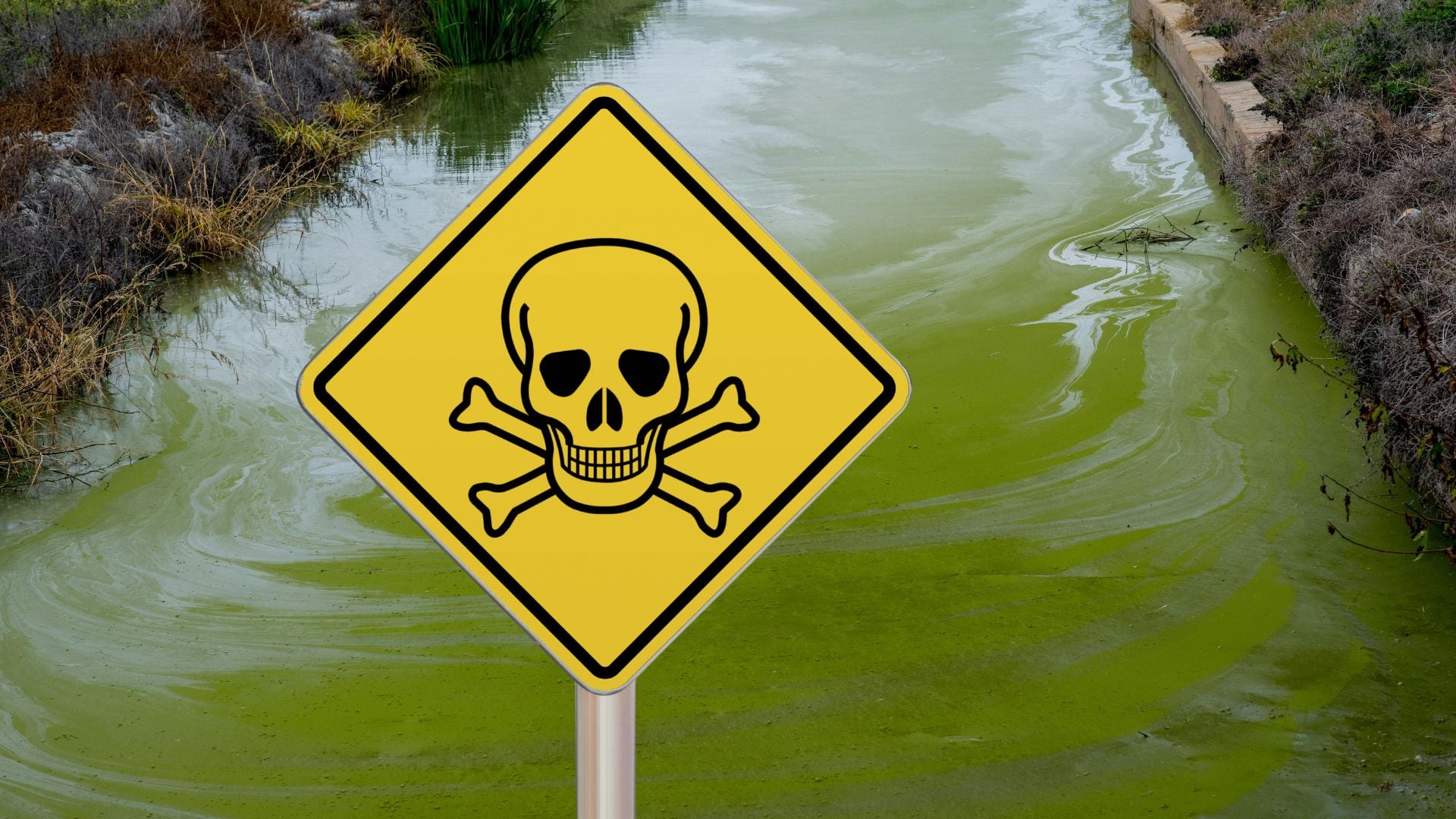A powerful solar vortex is bringing life-threatening cold temperatures to Florida and Texas, leaving millions of people struggling to stay warm. The extreme weather, which has already broken records in several states, is expected to continue for the next few days, causing widespread disruptions and safety concerns.
The Arctic blast has sent temperatures plummeting well below freezing, even in areas that rarely experience such cold. Florida, known for its warm climate, is now facing some of its coldest temperatures in years. Texas, still recovering from previous winter storms, is again under severe weather warnings. Officials are urging residents to take precautions, as the freezing conditions could lead to dangerous roadways, power outages, and health risks for vulnerable populations.
Meteorologists report that this unusual cold spell is caused by a shift in the polar vortex, a large mass of frigid air that usually stays near the Arctic. When the vortex weakens, it allows freezing air to move southward, bringing unseasonably cold temperatures to regions that are not prepared for them. Experts warn that this pattern could continue, increasing the likelihood of severe winter weather events in the future.
In Florida, temperatures have dropped into the 20s and 30s, putting crops at risk and forcing farmers to take emergency measures to protect their produce. Citrus and strawberry growers are particularly concerned, as freezing temperatures can cause significant damage to their crops, leading to financial losses and higher prices for consumers. Many have turned to irrigation and protective coverings to prevent frost damage, but the prolonged cold could still take a toll.
Texas residents are also facing the brutal effects of this cold front. The state’s power grid, which has struggled in past winter storms, is under intense scrutiny once again. Officials have assured the public that improvements have been made since the catastrophic 2021 winter storm that left millions without power, but concerns remain about the grid’s ability to handle extreme demand. Many Texans are stocking up on supplies, preparing for the possibility of power outages and frozen pipes.

Schools and businesses across both states are adjusting their schedules to keep people safe. Several school districts have announced closures or remote learning days, and some businesses have reduced their hours due to hazardous travel conditions. Emergency shelters have been set up to help those without adequate heating, and officials are urging everyone to check on elderly neighbours and those who may need assistance.
Health experts warn that extreme cold poses serious risks, including hypothermia and frostbite. Even brief exposure to these freezing temperatures can be dangerous, especially for young children, the elderly, and those with pre-existing health conditions. People are being advised to layer up, limit their time outdoors, and ensure their homes are properly heated. Pets should also be brought indoors to protect them from the bitter cold.
Transportation has been heavily impacted, with icy roads leading to accidents and flight delays across major airports in the region. Authorities are advising drivers to stay off the roads if possible and to use extreme caution if travel is necessary. Road crews are working around the clock to clear ice and make highways safer, but freezing rain and sleet continue to make conditions treacherous.
Experts say that while winter storms of this magnitude are not unheard of, the increasing frequency of extreme weather events is raising concerns about climate change and infrastructure readiness. Scientists are studying how shifting climate patterns may be influencing these intense cold spells, and policymakers are under pressure to improve emergency response strategies.
As the solar vortex continues to bring dangerous cold to Florida and Texas, residents are bracing for more freezing temperatures in the coming days. Officials are urging people to stay informed, take safety measures, and prepare for potential disruptions. The full impact of this extreme weather event remains to be seen, but for now, staying warm and safe is the top priority.
Disclaimer: This article has been meticulously fact-checked by our team to ensure accuracy and uphold transparency. We strive to deliver trustworthy and dependable content to our readers.








